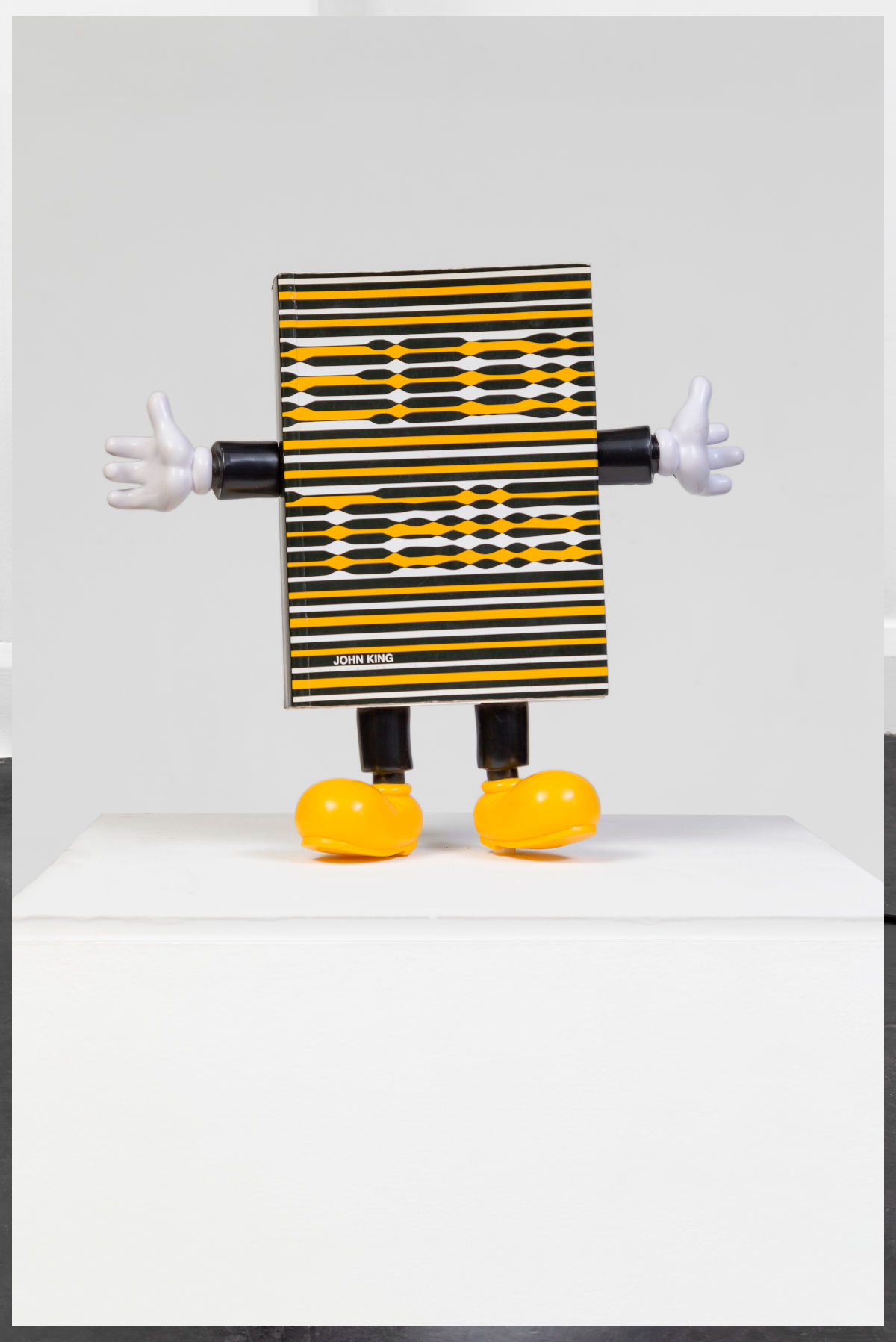Lolo y Lauti
ARTIST
Lolo y Lauti (Buenos Aires, b. 1980 y b. 1986)
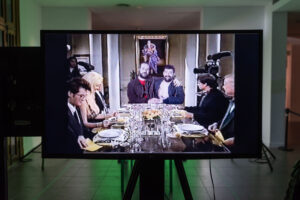
Julio 2022
Del espectáculo en el arte
Entrevista con Lolo y Lauti
Por Regina de Con Cossío
Imágenes cortesía de los artistas
Lolo y Lauti es un dúo de artistas que trabajan juntos desde el 2011. Su obra incluye performance, video, escultura, instalaciones y fotografía presentadas en formatos que van desde la exhibición a la ópera, pasando por las redes sociales y la realidad virtual. Lolo y Lauti reivindican el humor como experiencia autónoma y herramienta para abordar temas como la sexualidad, las drogas, la muerte y el arte. Su iconografía proviene del mundo del entretenimiento de internet y la televisión, pero también de las revistas y los parques de diversiones.
En esta entrevista conversamos sobre su interés y percepción en torno al humor, el espectáculo y la apropiación, temas que atraviesan gran parte de su trabajo.
Regina De Con Cossío: Sus obras parecen abarcarlo todo: video, performance, instalación, teatro, etc. Y sus temas son igualmente diversos. Ante un universo que parece no tener límites, ¿tienen un proceso de trabajo o cada pieza exige una metodología diferente?
Lolo y Lauti: Nuestras ideas siempre nacen a partir del deseo de compartir nuestras obsesiones. Consumimos cosas que nos dan ganas de adaptar a otro medio, encararlas de otra manera. Después, cada proyecto es un mundo aparte.
RDCC:Su trabajo recorre conceptos como las referencias, los homenajes, la copia y la intertextualidad. Sin embargo, ¿cómo puede reconocer el espectador las sensaciones que se desprenden de las referencias que ustedes hacen en una pieza? Pienso, por ejemplo, en la oposición entre ironía y homenaje. ¿Trabajan de una forma cuando quieren ser humorísticos/irónicos y de otra totalmente distinta cuando más que humor quieren homenajear algo?
Lolo y Lauti: Somos fans de muchas cosas que quizás no tienen un lugar tan central en el arte. Nos gusta materializar ese fanatismo aunque manteniendo cierta distancia crítica que puede perfectamente ser leída como ironía. Lo que tenemos en común con el espectáculo argentino es que robamos mucho. El espectáculo argentino tiene como uno de sus pilares la apropiación del espectáculo internacional. Así como Susana Gimenez se apropia de Broadway, nosotros nos apropiamos de Susana.
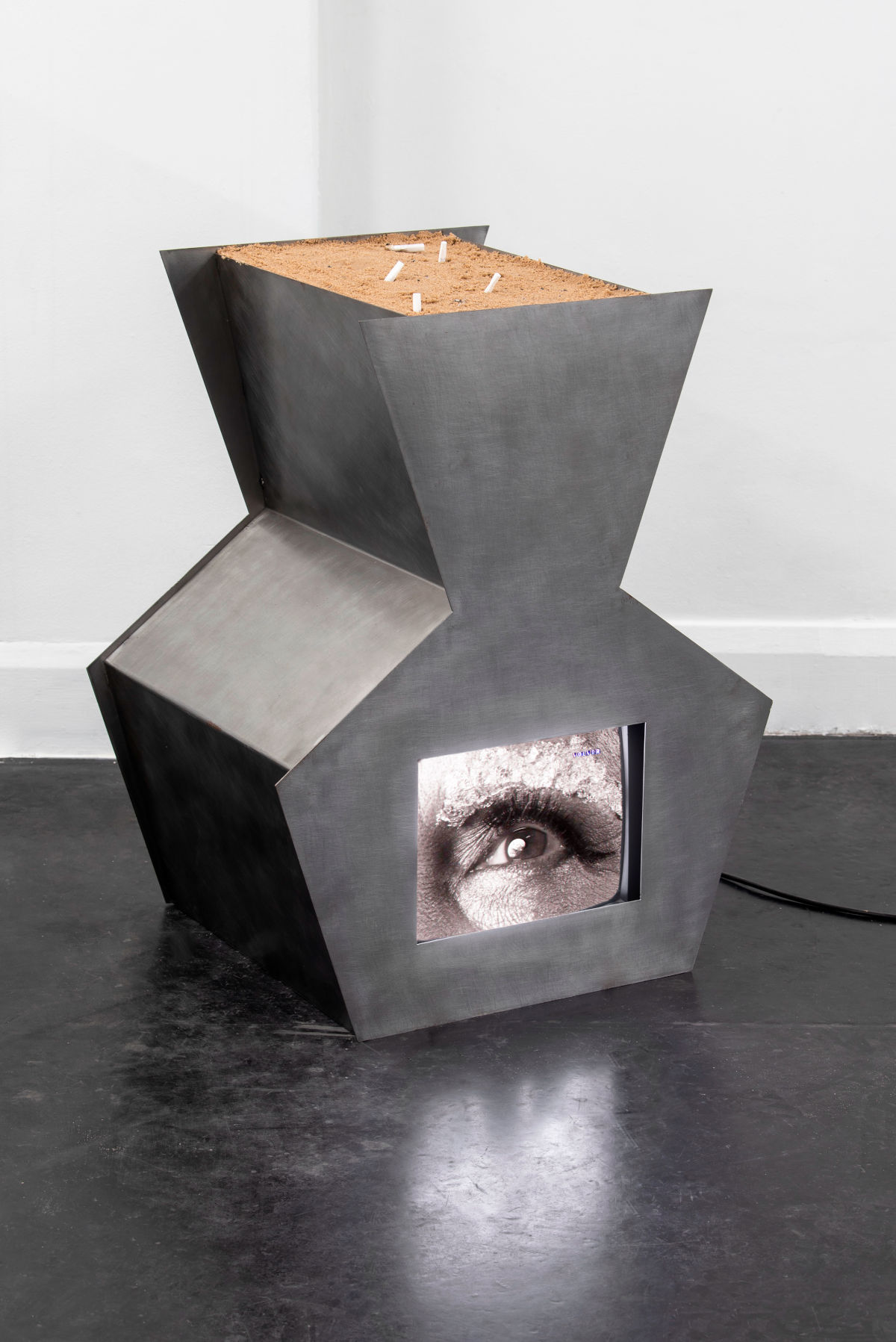
RDCC: Hay muchas referencias de disciplinas artísticas en su trabajo: teatro, cine, música, literatura, etc. Sin embargo, también hay una notable influencia de recursos que provienen de disciplinas extra artísticas, como la publicidad. ¿Cuál es el papel que los recursos de la publicidad tiene en su trabajo? ¿Cómo hacen dialogar el universo de la publicidad con el del arte contemporáneo?
Lolo y Lauti: Nosotros incluimos elementos y estrategias de mass media en lo que hacemos. Las herramientas que componen el lenguaje de la publicidad son tan valiosas e inspiradoras como cualquier otro medio. Nos es gratificante jugar a la publicidad pero sin las obligaciones del publicista y con los recursos de artista.
RDCC: Desde el texto de Guy Debord, ¿ha cambiado el concepto de espectáculo? ¿Qué diferencias encuentran en el mundo del espectáculo de la época en que se publicó este ensayo al actual?
Lolo y Lauti: Ahora está internalizado el hecho de que la representación reemplace la experiencia. Y al mismo tiempo, si antes se esperaba que las celebridades fueran inalcanzables ahora se espera que sean interpelables. La barrera que establecía el espectáculo fijando las distancias entre el espectador y lo representado hoy son más borrosas con las redes sociales. El caso #FreeBritney parecía impensable hace apenas un año, que espectadores tengan repercusión sobre la vida privada de las estrellas.
RDCC: Su trabajo gira en buena medida a las problemáticas de la representación en el arte. ¿Puede el arte representar cosas? Si es así, ¿qué procesos se tienen que llevar a cabo para que los espectadores entiendan que un objeto artístico representa un sentimiento, un fenómeno o un concepto?
Lolo y Lauti: Nos parece que entender una obra es lo de menos. Para nosotros lo importante del arte es la capacidad de sorprender, despertar reacciones, identificarse, etc. No hace falta entender una obra de arte para que te guste (o no).
RDCC: Muchos artistas han llevado sus piezas artísticas a las redes sociales en lugar de a los museos o las galerías. ¿Cuál es el papel que juegan las redes sociales en el arte contemporáneo?
Lolo y Lauti :Antes aparecían novedades en el arte que al tiempo uno las veía vampirizadas en la publicidad. Ahora aparecen novedades en las redes sociales y al instante son replicadas no sólo por la publicidad sino también por el arte. Citando a la Aristóteles del espectáculo argentina, Moria Casán: “TikTok es el nuevo DiTella”.
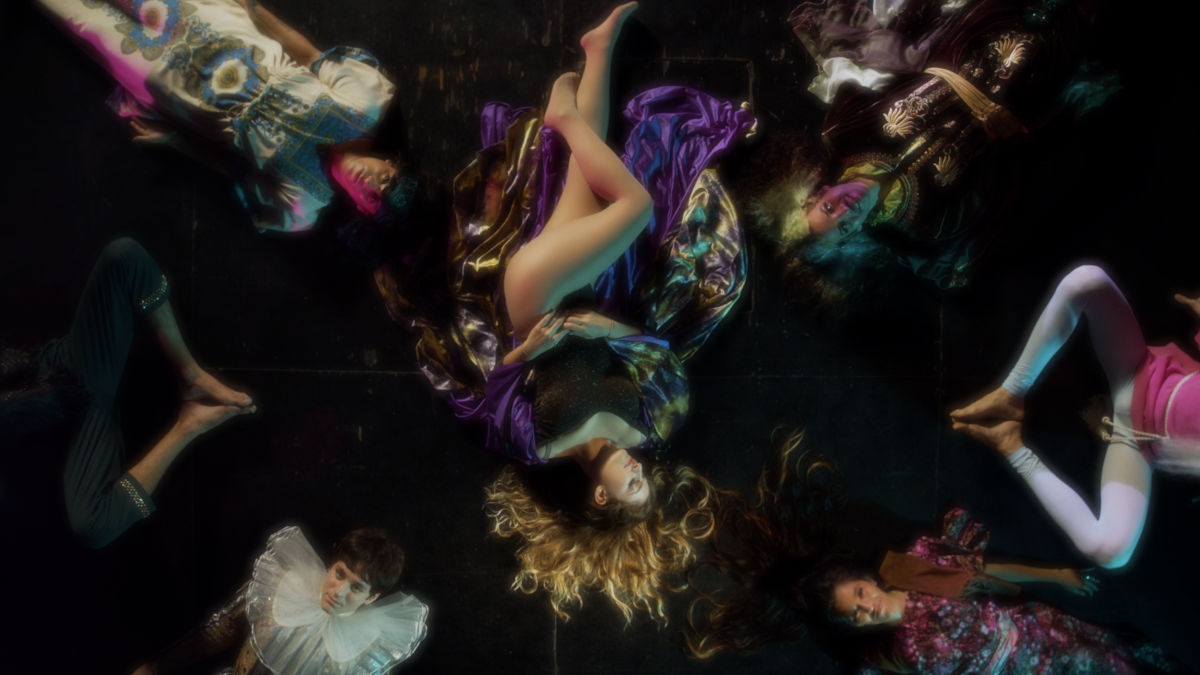
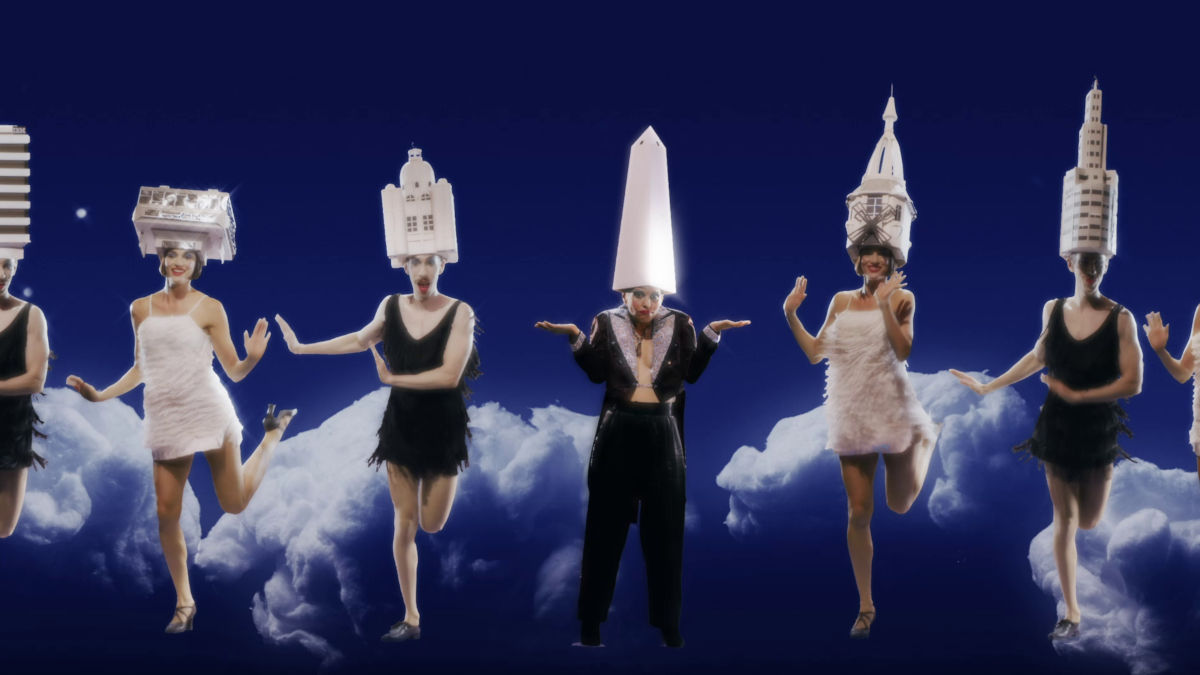
Spectacle in art. Interview with Lolo & Lauti
Lolo and Lauti is an artist duo who have been working together since 2011. Their work includes performance, video, sculpture, installations and photography presented in formats ranging from exhibition to opera, through social media and virtual reality. Lolo and Lauti claim humor as an autonomous experience and a tool to address issues such as sexuality, drugs, death and art. His iconography comes from the world of internet and television entertainment, but also from magazines and amusement parks.
In this conversation we talk about their interest and perception about humor, spectacle and appropiation, some of the topics of their work.
RDCC: Your works seem to encompass everything: video, performance, installation, theater, etc. And the themes of it are equally diverse. Faced with a universe that seems to have no limits, do you have a unique work process or does each piece require a different methodology?
Lolo y Lauti: Our ideas are always born from the desire to share our obsessions. We consume things that make us want to adapt to another medium, face them in another way. Afterwards, each project is a world apart.
RDCC: Your work covers concepts such as references, tributes, copying and intertextuality. However, how can the viewer recognize the sensations that arise from the references you make in a piece? I am thinking, for example, of the opposition between irony and homage. Do they work in one way when they want to be humorous/ironic and in a totally different way when more than humor they want to honor something?
Lolo y Lauti: We are fans of many things that perhaps do not have such a central place in art. We like to materialize that fanaticism while maintaining a certain critical distance that can perfectly be read as irony. What we have in common with the Argentine show is that we steal a lot. The Argentine show has as one of its pillars the appropriation of the international show. Just as Susana Gimenez appropriates Broadway, we appropriate Susana.
RDCC: There are many references to artistic disciplines in your work: theater, cinema, music, literature, etc. However, there is also a notable influence of resources that come from extra-artistic disciplines, such as advertising. What is the role that advertising resources have in your work? How do you make the universe of advertising dialogue with that of contemporary art?
Lolo y Lauti: We include elements and strategies of mass media in what we do. The tools that make up the language of advertising are as valuable and inspiring as any other medium. It is gratifying for us to play advertising but without the obligations of a publicist and with the resources of an artist.
RDCC: Since Guy Debord’s text, has the concept of performance changed? What differences do you find in the world of entertainment from the time this essay was published to the current one?
Lolo y Lauti: The fact that representation replaces experience is now internalized. And at the same time, if celebrities were previously expected to be unattainable, now they are expected to be questionable. The barrier that the show established by establishing the distances between the spectator and what is represented today are more blurred with social networks. The #FreeBritney case seemed unthinkable just a year ago, that viewers have an impact on the private lives of the stars.
RDCC: Your work largely revolves around the problems of representation in art. Can art represent things? If so, what processes have to be carried out for viewers to understand that an art object represents a feeling, a phenomenon or a concept?
Lolo y Lauti: It seems to us that understanding a work is the least important thing. For us, the important thing about art is the ability to surprise, arouse reactions, identify, etc. You don’t have to understand a work of art to like it (or not).
RDCC:Many artists have taken their artwork to social media rather than to museums or galleries. What is the role that social networks play in contemporary art?
Lolo y Lauti:Before novelties appeared in art that at the same time one saw them vampirized in advertising. Now news appears on social networks and is instantly replicated not only by advertising but also by art. Quoting the Aristotle of the Argentine show, Moria Casán: “TikTok is the new DiTella.”

